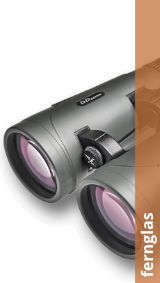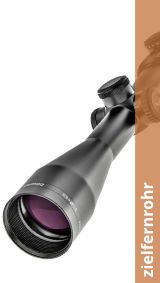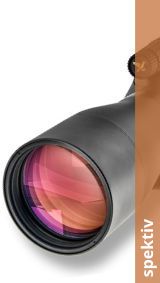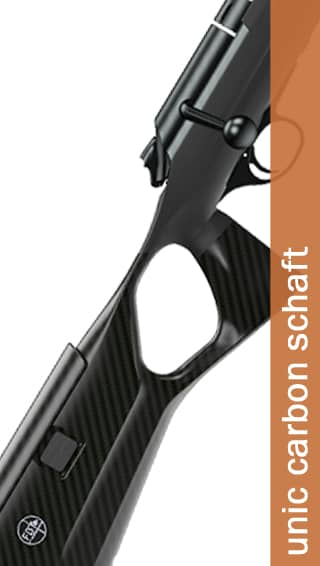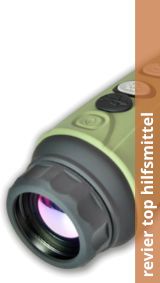[vc_row][vc_column][vc_column_text] Das Porro Fernglas – Ferngläser mit Porroprismen Ferngläser mit Porroprismen sind die wirklichen Universal-Ferngläser. Die typischerweise größeren Objektivdurchmesser (35mm oder mehr), meist in Kombination mit einer 8x Vergrösserung oder auch 10x Vergrösserung, bieten hellere Bilder mit höherem Kontrast. Optiken mit Porro Prismen eignen sich aus diesem Grund ideal als: Ferngläser für Sportveranstaltungen Marine Ferngläser Optiken für die Tierbeobachtung aus großer Entfernung und der Jagd […]
[vc_row][vc_column][vc_column_text] Dachkant Fernglas oder Ferngläser mit Dachkantprismen Im Bereich der professionellen Ferngläser wie bei Jagdferngläser findet man oft (leider) nur noch Dachkant Ferngläser. Der wesentliche Unterschied zum Porro-System ist die Dachkante, bei der eine der reflektierenden Oberflächen einem Hausdach (siehe Bild unten) ähnelt. Diese Dachkant Ferngläser enthalten Objektive mit mindestens 35mm Objektivdurchmesser und sind für fortgeschrittene Anwendungen entwickelt, z.B. für professionelle Tier- und Naturbeobachtung auch bei ungünstigen […]
[vc_row][vc_column][vc_column_text] Bildfeldwölbung oder Aberration bei Optiken Das Bild, welches von einem Linsenobjektiv erzeugt wird, hat von Natur aus einen sphärischen Fehler. Die sogenannte Bildfeldwölbung oder Aberration. Je nach Qualität des Fernglases, entsteht dadurch zum Rand hinaus eine mehr oder weniger ausgeprägte Unschärfe des Bildes. Flattener Linsen zur Fehlerkorrektur Dieser Fehler kann durch entsprechende optische Elemente korrigiert werden – man redet dann von […]
[vc_row][vc_column][vc_column_text] Vorteile des Zielfernrohr Leuchtabsehen mit Leuchtpunkt II Der Leuchtpunkt II wurde von DDoptics in Dresden entwickelt. Dieser Leuchtpunkt II der neuen Generation wird ausschliesslich und bei allen von DDoptics angebotenen Zieloptiken eingebaut. Neu: Die optionale, intelligente Zusatzsteuerung IFiber von DDoptics. Leider wird oft an feinen Details, wie z.B. der Leuchteinheit gespart. Und das hat weitreichende Folgen! Nicht so bei DDoptics. Der Leuchtpunkt II ist soweit dimmbar, […]
[vc_row][vc_column][vc_column_text] Die verschiedenen Arten der DDoptics Ferngläser Ferngläser lassen sich vom grundsätzlichen Aufbau in zwei Hauptarten einteilen: Konstruktion mit Dachkant Prisma (verschiedene Konstruktionsformen) oder mit Porro Prisma. Beide Bauarten besitzen ihre einzigartigen Vorteile und Nachteile. Grundsätzlich können Porro- und Dachkantferngläser je nach Glassorten (BAK 4, Kronglas, usw.), Vergütungsaufwand und Herstellungsqualität die gleiche Leistung bieten. Die Details entscheiden ob […]
[vc_row][vc_column][vc_column_text] Unterschiedliche Absehen bei Zielfernrohren DDoptics verwendet für seine Zielfernrohre je nach Zieloptik nachfolgende 3 Absehen: Absehen 4 ILU mit Leuchtpunkt II oder IFiber Die meisten der Jäger, die ein Absehen mit Leuchtpunkt wählen, entscheiden sich für dieses Absehen 4. In der Dunkelheit wird der Leuchtpunkt zugeschaltet. Eine Lichtquelle leuchtet dabei durch die eingebaute Glasfaser. [/vc_column_text][/vc_column][/vc_row][vc_row][vc_column][vc_column_text] Fine Duplex ILU Absehen mit […]
[vc_row][vc_column][vc_column_text] Wie man die Qualität des Leuchtabsehens bei Zielfernrohren erkennt! Die Wahl des Absehens bzw. der damit verbundenen Funktionsweise des Leuchtpunktes ist beim Kauf von entscheidender Bedeutung. An dieser Stelle möchten wir Ihnen einige Hinweise geben, worauf Sie bei der Wahl des Absehens und des Leuchtpunktes unbedingt achten sollten und warum! 1. Ist der Leuchtpunkt wirklich stufenlos um 100% dimmbar? Oder […]
[vc_row][vc_column][vc_column_text] Erklärung und Funktionsweise des Parallaxenausgleichs Blickt ein Schütze nicht “gerade“, sondern “schräg” durch das Okular, entsteht ein Zielfehler – die sogenannte Parallaxe. Ursache dafür ist die Positionierung des Auges außerhalb der geraden Linie, die von der Absehenmitte zum Ziel verläuft – die optische Achse und Sehachse sind gegeneinander verschoben. Diese führen in weiterer Folge zum falschen Zielen. Besonders bei Zielfernrohren können […]
[vc_row][vc_column][vc_column_text] Das Absehen in der 1. Bildebene bei Zielfernrohren Beim Absehen in der 1. Bildebene vergrößert sich das Absehen mit dem Vergrößerungsverstellung einfach mit. Das in der 1. Bildebene entstehende Bild des Objektes wird vergrößert in die zweite Bildebene abgebildet. Das bedeutet, dass die Balkenabstände gleich bleiben. Vorteil: Gut wahrnehmbare Balken im Absehen. Da diese aber – besonders bei hoher […]
[vc_row][vc_column][vc_column_text] Absehen in der 2. Bildebene bei Zielfernrohr und Zieloptik Das Absehen in der 2. Bildebene vergrößert sich bein Blick durch die Zieloptik nicht einfach mit. Die Abstände zwischen den Querbalken werden bei zunehmender Vergrößerung immer kleiner. Absehen in der 2. Bildebene (Okularbildebene) haben nur bei einer Vergrößerung definierte Abstände, sehen für das Auge aber immer gleich groß aus, sind […]
[vc_row][vc_column][vc_column_text] Mittels RNP Technologie von DDoptics, vergütete Ferngläser Durch die DDoptics RNP Vergütung der äußeren Linsenoberflächen haftet Wasser nicht am Glas, sondern lässt sich leicht abperlen und erleichtert stets das Reinigen bei Verschmutzungen. Durch die neue Nano-Beschichtungstechnologie sind die RNP-beschichtete Optiken von DDoptics ohne Probleme für den harten Einsatz bei schlechtesten Witterungsbedingungen und bei hoher Luftfeuchtigkeit geeignet.[/vc_column_text][/vc_column][/vc_row][vc_row][vc_column][vc_text_separator title=”Auszug Ferngläser im Fernglas […]
[vc_row][vc_column][vc_column_text] Ferngläser und Optik aus ED Glas ED Glas kompensiert effektiv die chromatische Aberration (Farbfehler = verschiedenfarbige Anteile eines Lichtstrahls werden unterschiedlich stark gebrochen – ist gut zu sehen als Farbsaum entlang von Kanten) und trägt so zu Bildern mit überlegenem Kontrast und herausragender Auflösung bei. Als Belohnung erhält man außergewöhnlich detailreiche, farbgetreue und plastische Abbildungen. Unter ED-Glas (Extra-Low-Dispersion Glas) versteht man […]






